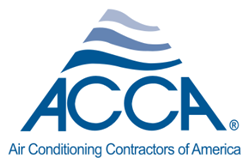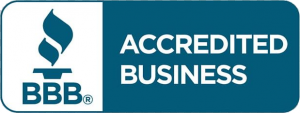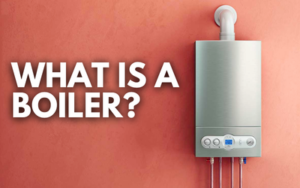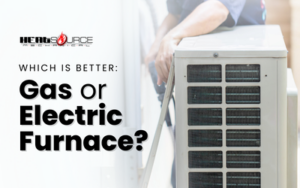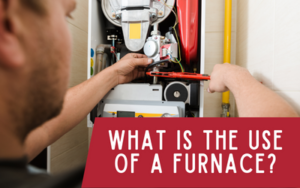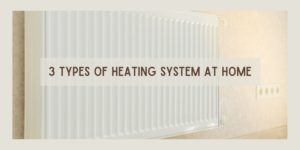With a majority of Americans spending more than 90 percent of their time indoors, the control of indoor air pollution has become a significant concern. It is estimated that at least half of all illnesses are produced or exacerbated by air pollutants. So, what are the most common indoor air pollutants and irritants? And what is the best way to eliminate them from your home or the most effective method to control them?
Biological pollutants are a commonly encountered indoor air pollutant. These include irritants such as bacteria, molds, pollen, animal dander, and dust mite particles. Biological pollutants can elicit allergic symptoms, trigger asthma attacks, and cause infections. This, in turn, is the greatest reason for days lost from school and work. To control these pollutants, it is crucial to practice careful, frequent cleaning, and wash bedding to kill dust mites. In addition, moisture should be properly controlled so that mold growth is not promoted.
Tobacco smoke (second-hand smoke) is another serious indoor air pollutant. Cigarettes, pipes, and cigars can produce harmful fumes that contain more than 200 known poisons including carbon monoxide and formaldehyde, and thousands of chemicals. Second-hand smoke also contains 43 carcinogens. These are the substances that cause cancer. Each year, an estimated 3,000 non-smokers in the United States will die from lung cancer, and 50,000 due to heart disease because of second-hand smoke. It can also cause lower respiratory infections and pneumonia to develop in children, especially infants.
Carcinogenic and Industrial Contaminants
A naturally occurring radioactive, odorless gas, indoor exposure to radon is the second leading cause of lung cancer in the United States, with 21,000 deaths due to lung cancer yearly. Radon can enter your home through drains, or cracks in the walls or foundation floor. Radon testing can be done to check for harmful levels. If your home is deemed unsafe, repairs or other recommendations will be suggested. Another detrimental indoor air pollutant, asbestos can cause scarring of the lung tissue and lung cancer when its microscopic fibers are inhaled. This non-flammable mineral can also produce another rare form of cancer called mesothelioma. Your home contains a number of products that contain asbestos, including insulation for ceilings, pipes, and walls, heating equipment, as well as, flooring and roofing materials. To prevent exposure to asbestos, contact a professional to remove the source of your damage, or cover the source materials with an airtight seal.
Gases and particles emitted from sources such as furnaces, fireplaces, fuel-burning stoves, heaters, and waters heaters are known as combustion pollutants. The most dangerous of these indoor air pollutants are the colorless and odorless gases nitrogen dioxide and carbon monoxide. Nitrogen dioxide can lead to shortness of breath, and irritation of the mucous membranes in the eye, nose, and throat. It can also promote infections. Inhalation of carbon monoxide can induce headaches, confusion, dizziness, and nausea. This is because it interferes with the delivery of oxygen to your body. Extremely high levels of carbon monoxide in the body can cause death. To control the levels of these dangerous indoor air pollutants, ensure that your combustion appliances are both installed and maintained by professionals, and always used properly.
Formaldehyde is a familiar chemical that is generally found in bonding and adhesive agents for several household and office materials. This can include personal care products, carpets, upholstery, household cleaning agents, paints, and pesticides. Several health problems can be produced by the release of formaldehyde in the atmosphere. Headaches, eye, nose, and throat irritation, coughing, and skin rashes are just a few health issues caused by this indoor air pollutant. The most efficient way to control formaldehyde is to avoid using products that emit the substance.
We offer an expansive range of services and products at Heat Source Mechanical, guaranteed to keep the air in your home free of indoor air pollution. Whether you would like to purchase an Air Purification System or would like a Duct Cleaning, contact us now for a consultation. We love pure air at Heat Source Mechanical!





